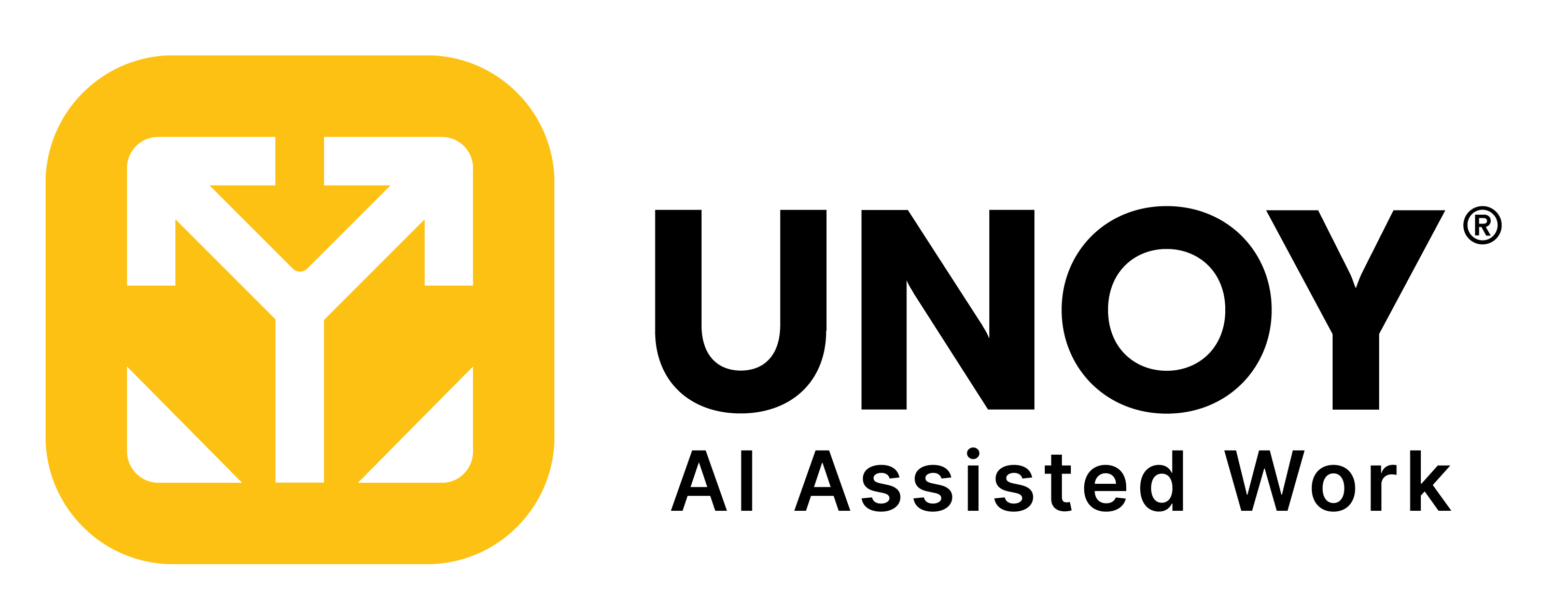Types, applications and legal aspects
In the increasingly digitized business world, electronic signatures are playing an ever more important role. They enable legally valid signing of documents without the need for a physical signature. There are different types of e-signatures that vary in their complexity, security, and legal recognition. The eIDAS Regulation serves as the legal basis for digital signatures. This article examines the various types of electronic signatures, their areas of application, and the legal framework.
1. Simple Electronic Siganture (SES)
The simple electronic signature (SES) represents the most basic form. It can be a scanned image of a handwritten signature, a typed name under a digital document, or just a check in a checkbox. SES is often used for informal documents, internal communication, or simple agreements. Although it is easy to implement and cost-effective, it offers only limited legal validity and is easy to forge. Therefore, it is not suitable for sensitive or legally binding documents.
2. Advanced Electronic Signature (AES)
The advanced electronic signature (AES) offers a significantly higher level of security and authentication than the SES. It allows for unique identification of the signatory and is inseparably linked to the signed document. AES is primarily used for contracts without specific written form requirements, such as rental agreements or simple employment contracts. Implementation often occurs through digital ID cards or two-factor authentication. Its legal validity is higher than that of SES but does not reach the level of a handwritten signature. AES offers better verifiability but also requires more complex implementation and can incur higher costs.
3. Qualified Electronic Signature (QES)
The qualified electronic signature (QES) offers the highest level of security and legal recognition among electronic signatures. According to the eIDAS Regulation, it is legally fully equivalent to a handwritten signature and is based on a qualified certificate. QES is used for contracts with legal written form requirements, highly sensitive documents, and official procedures. An example of implementation is the mobile signature (ID Austria) used in Austria. QES offers the highest legal recognition and security but also requires the most complex implementation and is usually associated with higher costs.
Legal Framework
The legal foundations for electronic signatures in the European Union are laid out in EU Regulation No. 910/2014 (eIDAS Regulation). eIDAS stands for electronic IDentification, Authentication and trust Services. This regulation creates a uniform legal framework for electronic signatures in all EU member states:
- eIDAS Regulation: Regulates the cross-border recognition of electronic signatures
- National laws: Complement the eIDAS Regulation at the national level
- Evidentiary value: Varies depending on the type of electronic signature
Practical Applications
Electronic signatures are used in various areas of everyday life. The use of e-signatures simplifies and accelerates the handling of legally valid agreements and supports the use of digital workflows:
- Contract management: Automation of signature cycles and approval processes
- Real estate management: Digital acceptance protocols with integrated signature
- Construction industry: Digital construction diaries and acceptance protocols
- Financial sector: Secure signing of financial contracts and documents
- Healthcare: Electronic patient records and prescriptions
- E-government: Digital administrative procedures and applications

Advantages and Challenges of Electronic Signatures
The advantages of electronic signatures are manifold. They lead to significant time savings through faster processes, as documents no longer need to be physically sent and signed. This also results in cost reduction, as expenses for paper, shipping, and physical archiving are eliminated. The digital nature of electronic signatures increases the security and traceability of transactions, as each signature can be uniquely assigned to a point in time and a person. They also improve compliance through automated processes and enable location-independent signing. Not least, they contribute to environmental friendliness by drastically reducing paper consumption.
Despite these advantages, there are also challenges in implementing and using electronic signatures. Technical hurdles can arise when integrating into existing systems. There is often some skepticism and lack of acceptance towards digital solutions, especially among older user groups or in traditionally oriented industries. Data protection concerns play an important role, as the confidentiality and protection of personal data must be ensured. Long-term archiving also poses a challenge, as the long-term readability and validity of electronically signed documents must be guaranteed.
Future Perspectives
The future of electronic signatures promises further exciting developments. The integration of blockchain technology could further increase the security and immutability of signed documents. Biometric methods such as fingerprint or facial recognition could make authentication even more secure and user-friendly. Artificial intelligence could be used for improved authentication and fraud detection. Moreover, further global standardization is expected, which will simplify cross-border transactions.
With the advancing digitalization in all areas of life, electronic signatures will continue to gain importance and replace traditional signature processes in many areas. Companies and organizations should utilize the advantages of this technology to optimize their processes and become more efficient. It is important to carefully consider the legal and security aspects and adapt the implementation to specific needs and requirements.
Get 30 days trail when you create an account
After 30 days your account will automatically be converted into a free subscription!
Conclusion
Electronic signatures are revolutionizing the way businesses and individuals sign and manage documents. Different types are available depending on the requirements for security and legal validity. With increasing digitalization, electronic signatures will continue to gain importance and replace traditional signature processes in many areas. Companies and organizations should utilize the advantages of this technology to optimize their processes while carefully considering the legal and security aspects.







